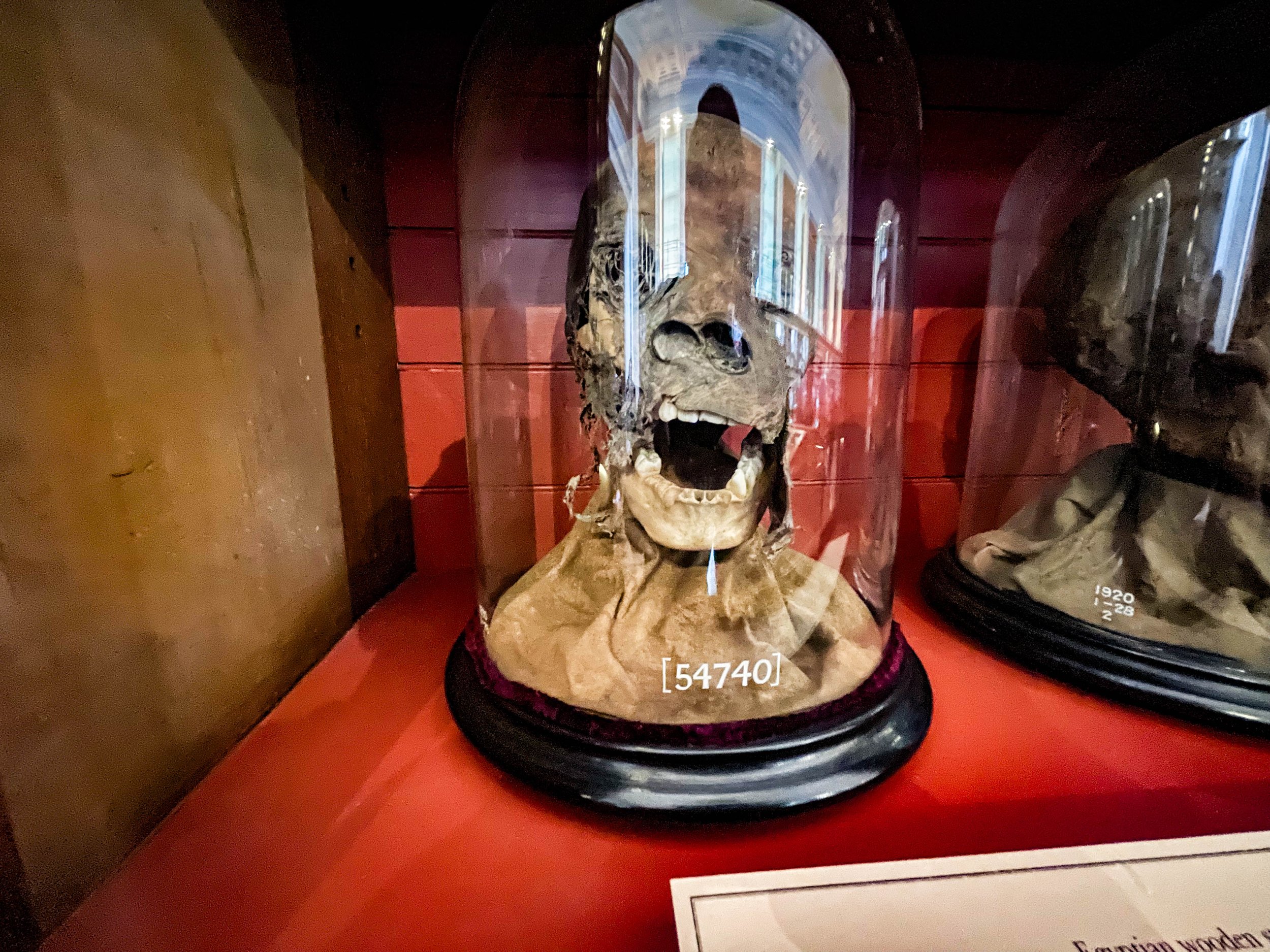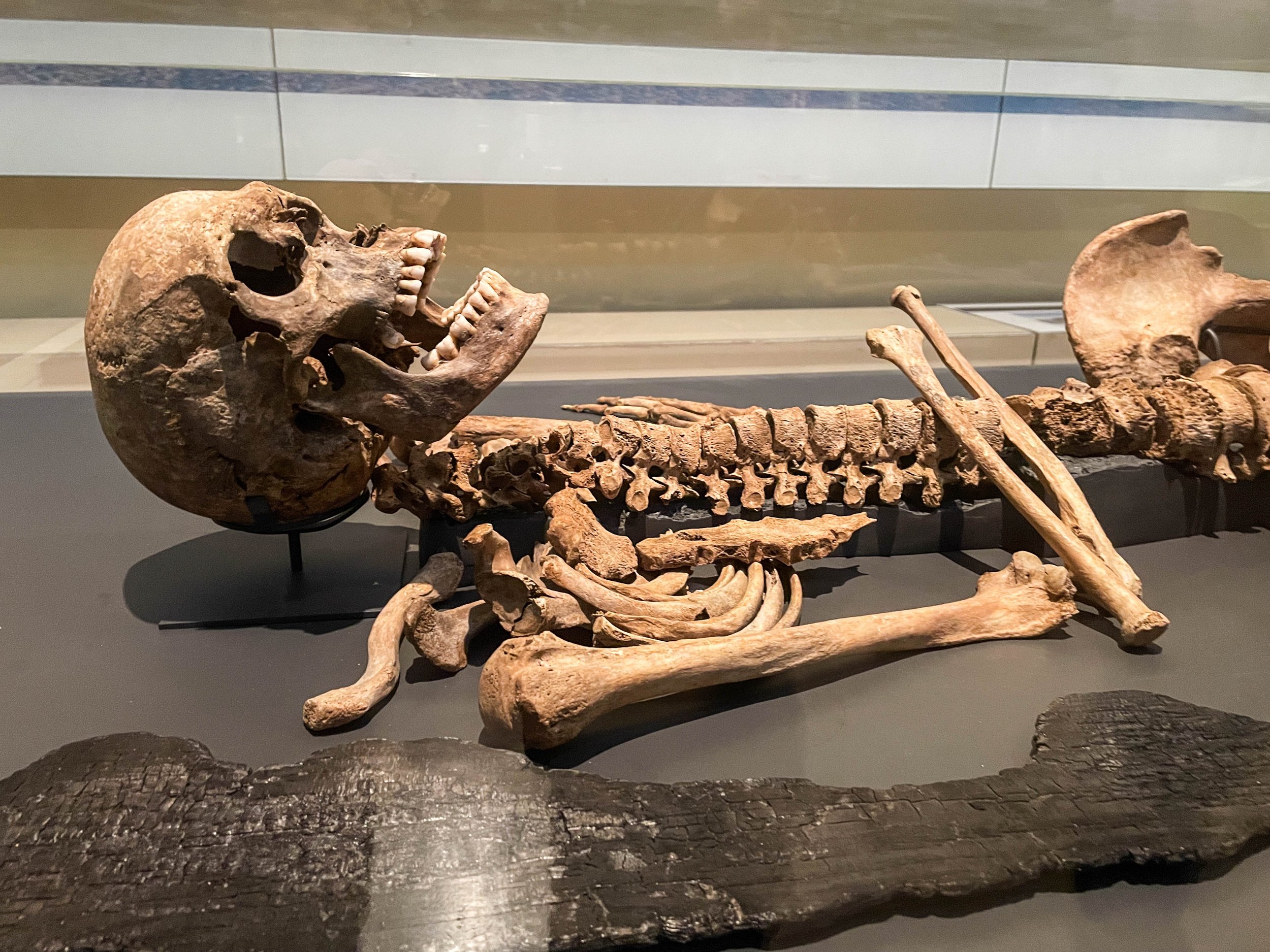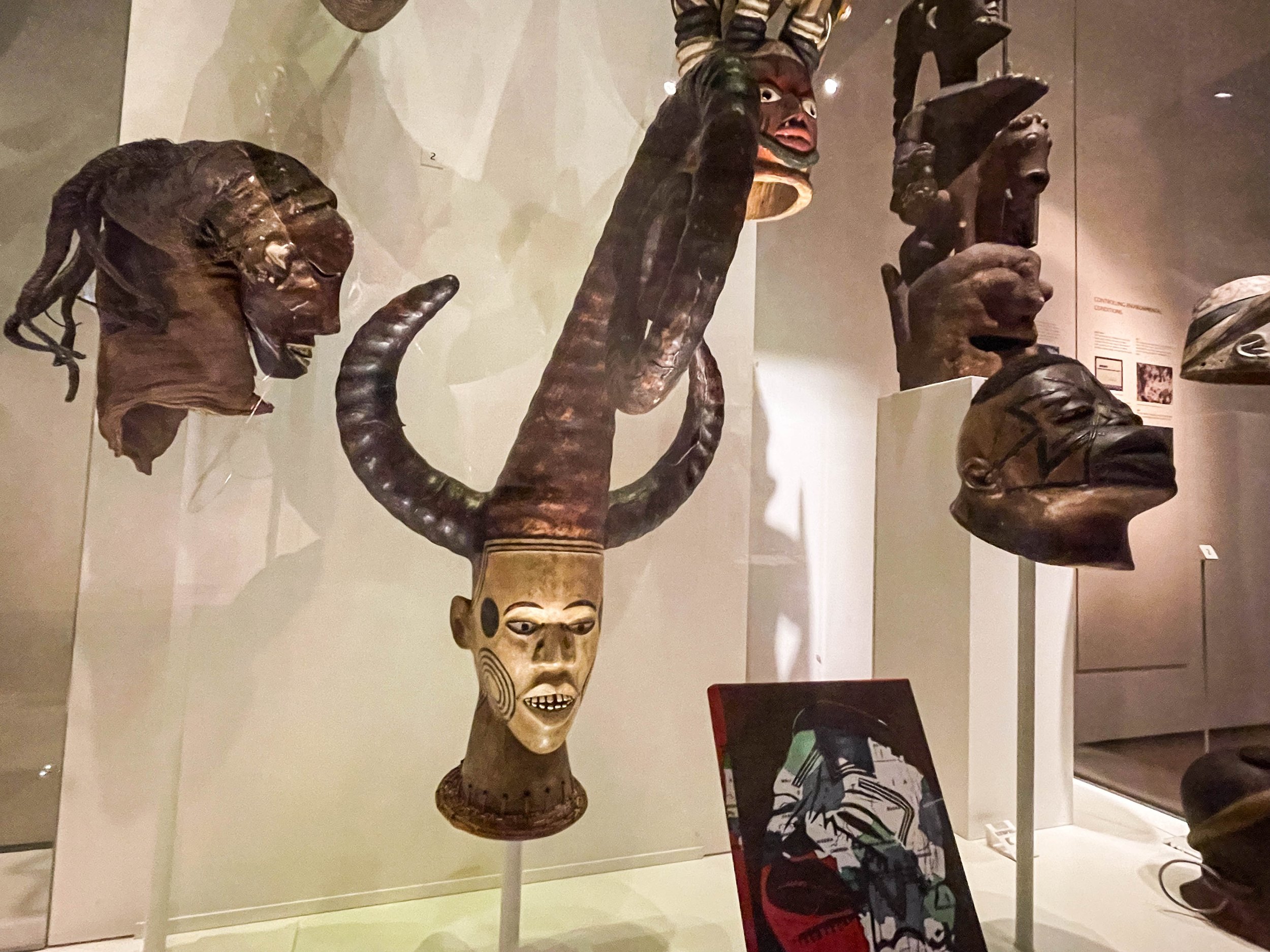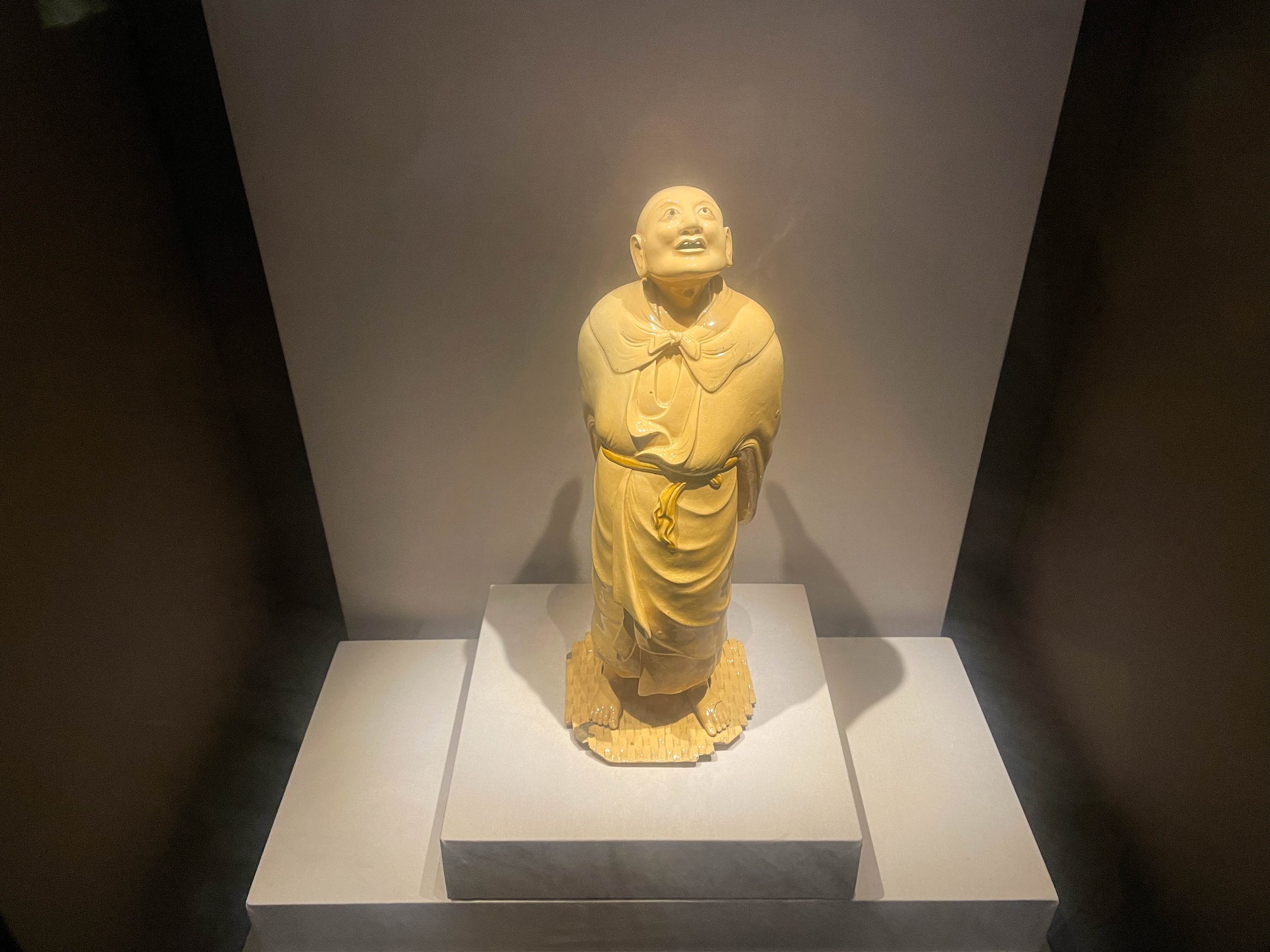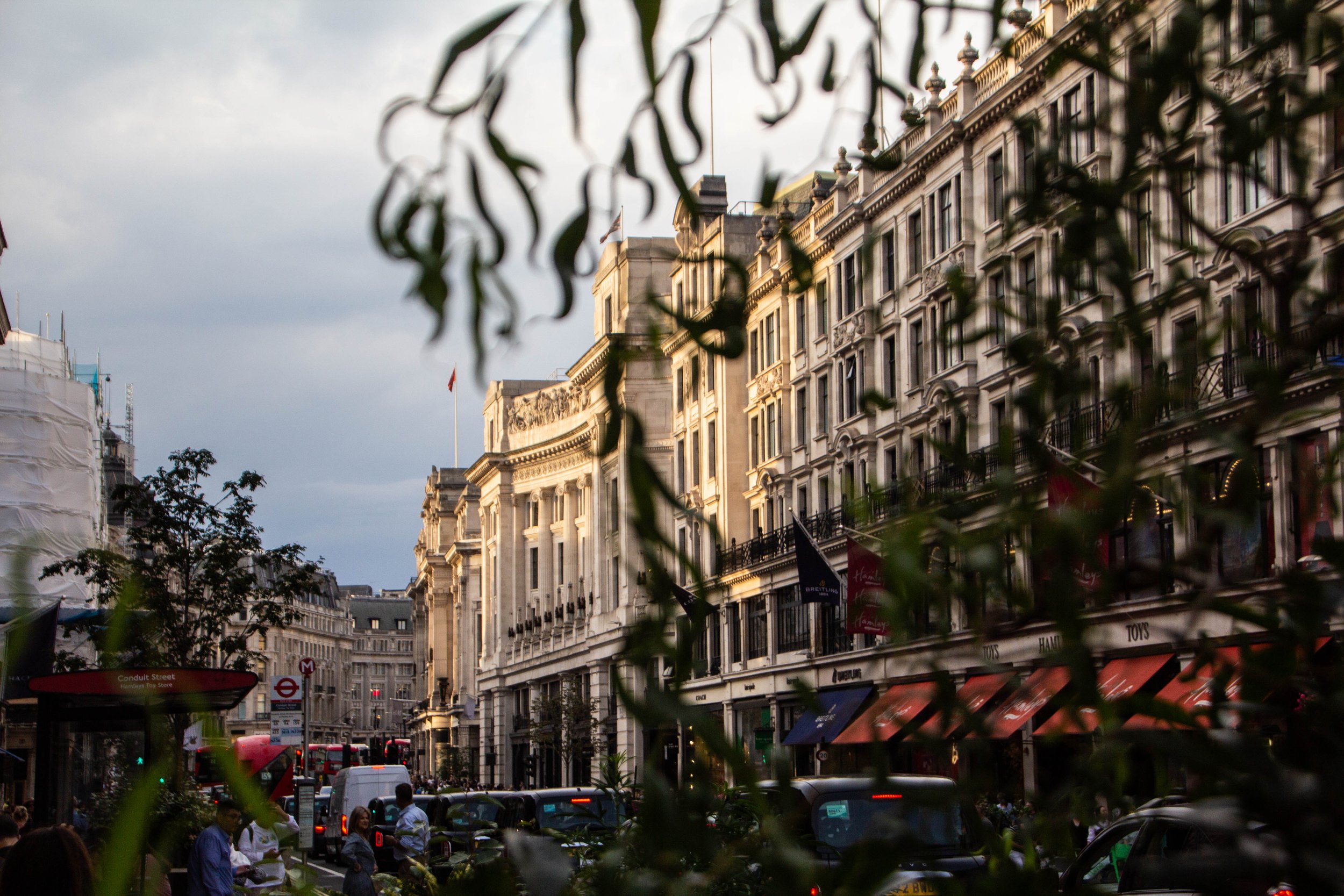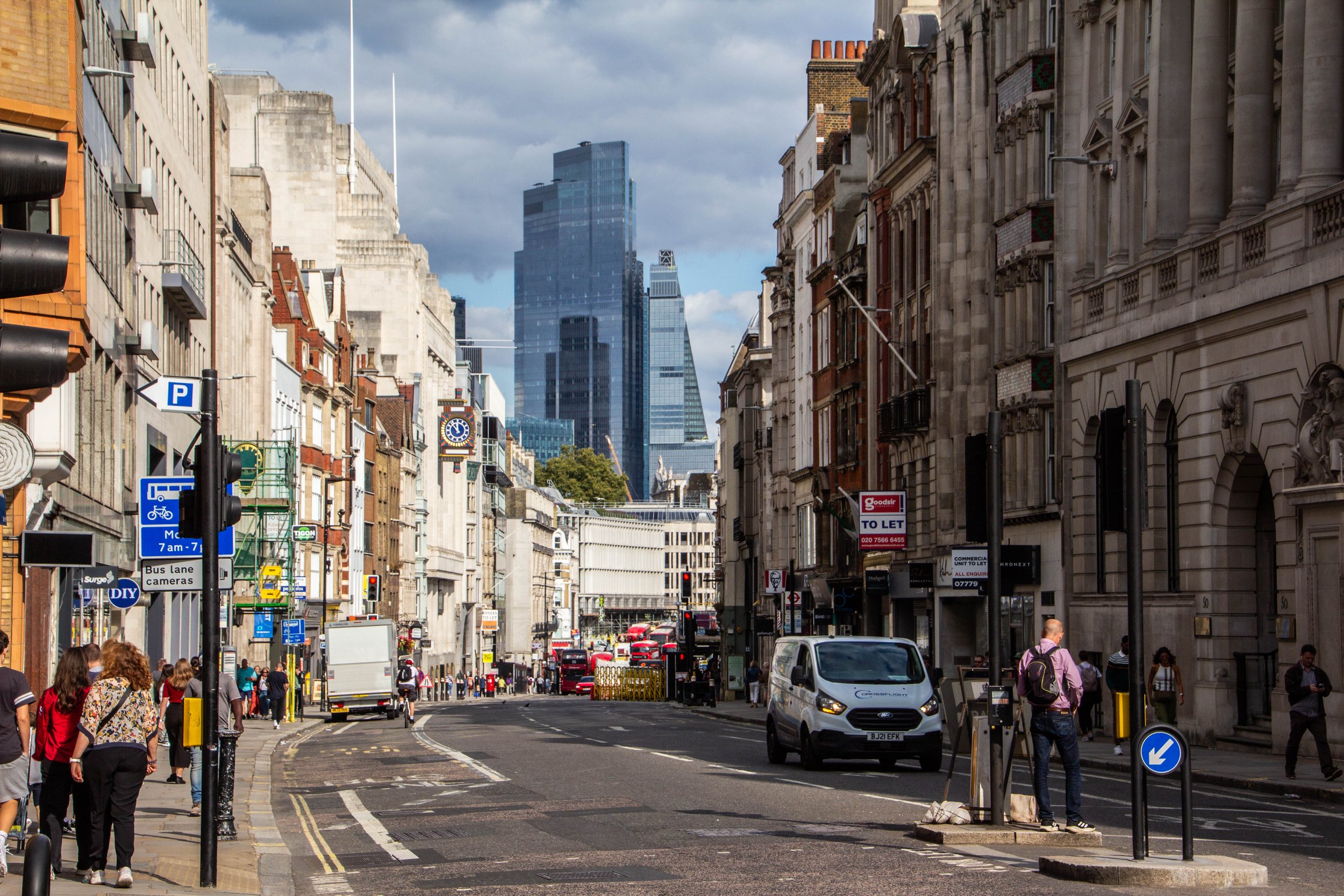Established in 1753 in central London, The British Museum hosts upwards for 4 million visitors every year, and has 8 million historical and cultural artifacts on permanent display. It is, without a doubt, one of the largest and most famous museums in the world. In fact, by some measures, it is the largest museum in the world… and nowadays I think it’s safe to say that it’s also the most controversial.
You see, The British Museum documents human history from all around the world. Its permanent collection of 8 million historical artifacts includes pieces from every corner of the earth. It’s an impressive amount of history to have under one roof, but how it got there wasn’t exactly consensual. The majority of this sprawling collection found its way into British hands through a long global process of stealing, looting, plundering, pillaging and thieving under the banner of the British Empire. Or under the banner of other empires who then passed their ill-gotten gains along to the British. It was, in some ways, the biggest heist the world has ever seen. But the perpetrators of these acts didn’t see it this way, of course. This was the colonial period, and European ideas about property and sovereignty were—*ahem*—different than what we are used to today.
For context on what is to come, take a gander at this map of EVERYTHING that was once part of the British Empire, courtesy of good ol’ Wikipedia:
Yup, little England used to cast quite a long shadow. If we were to rewind 2,000 years, and you told me that this little Island in the north Atlantic would one day rule over this much of the world, it would have seemed hilariously improbable. The sheer audacity of it all is kind of mind-boggling!
And yet, here we are.
One interesting thread of British decolonization is the UK’s diplomacy with countries that had once been under its thumb. It seems that they (the British government) are walking a fine line as they attempt to play the role of “good guy” on the international stage, while simultaneously avoiding apologies or reparations for the damage and pain that their predecessors inflicted on poorer nations around the world. This is a rabbit hole we could go down for hours… but we’ve got other fish to fry. What I will tell you is that the debates around these issues are alive and well within the British public. If you want to get a taste of this, check out this hilarious bit from James Acaster.
Visiting The British Museum
Soooooo you have the background now.
I showed up ready to be pretty negative on this whole place.
But I’ll give you a spoiler alert: by the time I left the museum a few hours later… it didn’t seem so binary to me as simply “positive”/”negative.”
I’ll share my thoughts at the end of this article. But first, I will present you with The British Museum, more or less how it presented itself to me. And that presentation started with our arrival at the museum’s grandiose entrance just after the rains had cleared for the morning. Please notice and appreciate the rainbow in the one of the pictures below.
The scale of the British Museum is immediately apparent upon first entrance. On the other side of these marble columns is a modern concave glass ceiling that covers and protects a circular interior atrium, flooding the space with natural light. There’s a gift store, a cafe, and doors on each wall leading down different historical and cultural rabbit-holes. But before any particular rabbit hole is selected, there are choice pieces that have been separated out from their collections and placed decoratively around the museum, like an anthropological appetizer.
In the coming sections, we’re going to walk through one of these doors at random, and I’m going to attempt to organize my wanderings around the British Museum according to geographical region.
Ancient Egypt
We’ll start with ancient Egypt. I think this is the first time Egypt has ever come up on this blog! All hail Mo Salah.
There are bits and pieces of ancient Egypt sprinkled throughout the British Museum, including—as shown in the gallery below—actual human heads which were apparently removed from mummies and placed in glass jars to watch tourists ogle them for the rest of eternity. This feels like some bad karma for whoever made the decision to do this. 😂
How did all of these artifacts from ancient Egypt come to be in this big building in central London? TL;DR: Egypt was partially or completely occupied by British forces from 1807 to 1956, and was an official British colony from 1882 to 1914. So that was the period during which these most of these objects were… *ahem* …relocated to England. You can read more about this collection on the British Museum website here.
The Rosetta Stone
Perhaps the most famous artifact from ancient Egypt to have been relocated to the British Museum is the Rosetta Stone. (However, it is worth noting that the first European hands to take possession of the Rosetta Stone were actually French. It was later passed to the British.)
Yes, this is an actual stone—not just a product to help people learn languages. It is significant because, at the time of its discovery in 1799, it was the single key that helped linguists crack the code of the ancient Egyptian language. Though now a “dead language,” ancient Egyptian is still the longest-attested human language to have yet existed, having been in continuous written use for more than 4,000 years, starting back in the 4th millennium B.C.E. Until the discovery of the Rosetta Stone, this ancient hieroglyphic script had apparently not been understood since shortly before the fall of the Roman Empire.
So, Rosetta Stone language program is named after this literal stone. And, in what will be a recurring theme in this article, Egypt has been asking for this stone back for a long time now. TL;DR - it’s still here. *womp womp.
Ancient/Historic Europe
There’s also a treasure trove of historical artifacts from across Europe here in the British Museum. There’s are particularly high quantities of items from Ancient Greece and Rome, but what I found most interesting here were the items recovered from more local areas. There were some very cool pieces of English, Scottish, Irish, and Welsh history on display here. You can see the run-down on the British Museum website here. There are a few highlights in the gallery below, but what REALLY takes the cake in the European historical artifacts department, is the “Lindow Man.”
The Lindow Man
This is actual human skin that may date back as far as the Iron Age (~2 B.C.E.).
Um, WHAT?
Yes. That’s all the way back when the Roman conquest of the British Isles was breaking news. The theory is that Lindow Man did not die of natural causes, but instead suffered a violent death and was left face-down in a peat-bog near modern-day Manchester. The chemical properties of that bog apparently preserved the body spectacularly well, because ~2,000 years later……. well, you can take a look for yourself. 🫥
Ancient Middle East
Moving on to the Middle East. This is where we get to go WAY WAY back in history. All the way to the Neolithic era (7,000 - 1,700 B.C.E.), which is represented in the gallery below by the human skeleton. There’s a lot of skeletons in the British Museum. The gallery below also contains a few choice shots of relics from ancient Mesopotamia, Anatolia, Assyria, and more. There really is an incredible amount of history here. I don’t think I even saw it all.
And how did it all get to the British Museum? Well, the story varies for each artifact, but the British Museum has been building its Middle East collection since the 1700s. They actually have a section of their website that shows the history of how this collection came to be, in no small part (I suspect) because of the ongoing controversy around Britain’s colonial legacy. Interestingly, in the case of the Middle East (with the exception of Egypt), Britain was never actually a colonizer per se, although it did have enormous power in the region following the collapse of the Ottoman Empire after WWI.
Stone Tablets
King Nebuchadnezzar II, ancient Babylon & Ur
The pieces in this collection that really stopped me in my tracks were the headstones recovered from the Royal Cemetery of the ancient city of Ur. Ur is an ancient Mesopotamian city in modern-day Iraq that is referenced in the Old Testament of the Bible. It was founded in ~3,800 B.C.E. and had already been abandoned 500 years before the birth of Christ. These particular headstones date back to 2,400 B.C.E., making them more than 4,500 years old now. These have got to be in the top 5 oldest things I have ever seen in my life. It’s crazy to stand in front of these stones and contemplate the passage of all of that time. 🤯
Ancient Africa
Up next we have the British Museum’s collection on ancient Africa. As always, let’s start with a chat about Britain’s former colonial territories in Sub-Saharan Africa. The British Empire once ruled over ~30% of the population of Africa, encompassing the modern day countries of Sudan, South Sudan, Kenya, Gambia, Uganda, South Africa, Sierra Leone, Zimbabwe, Zambia, Botswana, Nigeria, Ghana, Malawi, and Somaliland (an autonomous region in the north of Somalia). You can read through the British Museum’s own description of their operations in this region here.
This—to me—is one of the most interesting parts of the British Museum, but it’s sort of tucked away in a basement. Admittedly the volume of historical artifacts contained in this exhibit seems to be slightly less than some other regions, but these numerical short-comings have been compensated for with more contemporary African art. This stretch of the museum is so interesting because the pieces just feel so otherworldly compared to Western cultures. It reminded me of the UBC Museum of Anthropology (MOA) in Vancouver. I’m going to paraphrase myself in that article, because I found myself having similar thought patterns in this visit: It makes you think—what if the roles had been reversed and these cultures had been the colonizers instead? Or what if colonialism had just never happened at all? What would fashion look like today?
Ancient Americas
You know the drill by now: let’s do a quick lap of the British Empire’s presence in the Americas. This is one area of history with which I am particularly well-acquainted, because I am an American. As such, Britain’s loss of their colonial “possessions” in the Americas is the origin story of my own country. Nevertheless, for the uninformed, Britain basically owned all of modern-day Canada, the eastern portions of the modern-day United States, and a few small pieces of the Carribbean. The rest of the Americas—aside from Brazil, which was colonized by Portugal, and a few Caribbean nations which were colonized by the Dutch and the French—were “possessions” of the Spanish crown. Still, a great many artifacts from former Spanish-colonies (for example, Mexico and Peru) have found their way into the British Museum as well. There were actually a few artifacts from the ancient city of Teotihuacán, which I did a big article on during my 2020 series on Mexico.
I’ve said it before and I’ll say it again: I think the story of the original First Nations inhabitants of the Americas—especially North America, where the erasure of these cultures was the most thorough—is the most tragic in all of the terrible history of Colonialism. The spread of disease following the first contact with Europeans in the Americas led to the largest known de-population event in human history. In fairness to the Europeans—to quote Dan Carlin—”even if they had been benevolent angels,” the disease-driven elements of the genocide that would ensue would not have turned out any different. Incredibly, we have no idea how many people were living in the Americas prior to European conquest, so we don’t actually know the scale of the loss of life. But of course, these first Europeans were not benevolent angels—and we know exactly what happened next.
It’s all so overwhelmingly, unbearably sad.
If I think too much about it I want to cry.
*takes a moment to sweep those feelings back under the rug so the article can be completed*
…Anyway (*voice cracks*), pictures from this exhibit are below. To be honest, I found Vancouver’s Museum of Anthropology (MOA) to be much more compelling than this exhibit, but the British Museum was still interesting.
Ancient Asia (India + East Asia)
And finally, we come to the Asia Pacific region. Britain’s conquests here were perhaps the most significant of their colonial period. Their colonial “possessions” included modern-day India, Pakistan, Sri Lanka, Bangladesh, Myanmar (Burma), Malaysia, Brunei, Hong Kong……. and this is before we even get into the Oceania regions, which I seem to have missed on my visit to the British Museum. Oops.
In the United Kingdom today, it’s the descendants of the former “British Raj”—most notably India, Pakistan, and Bangladesh—who seem to play the biggest role in contemporary British culture. The intercultural dynamics here have always seemed shockingly friendly to me, given the history. I know this history is not lost on my Indian / Pakistani / Bangladeshi friends here—in fact, one of them recently told me that Winston Churchill is regarded like “the devil” back in his home country—but I suspect that most white people walking around London today could benefit from watching the following YouTube video:
So, ON THAT HAPPY NOTE, here are some snaps from this section of the British Museum.
Peter’s Perspective
So…
Colonialism was bad. Truly horrible. I’ve discussed it on here many times before from a bunch of different angles, including in this very article, so I’m not going to spend any more time on it here. It would feel performative at this point, and this article is already getting quite long.
The British Museum—although its origins are rooted in this big bad thing—is actually a really beautiful place in a lot of ways. It’s the story of us, humans. Setting aside the logistics of how all of these objects from all corners of time and space ended up in this big building in London… now that it’s all here, it feels like it would be a real shame to dismantle this collection.
I don’t have any new or original suggestions for what should happen now for justice to be served. However, I’m sure of one thing: a lot of the countries whose stolen artifacts now reside in this museum are completely capable of recovering them—if they really wanted to. This collection was assembled through force, and that is likely how it will ultimately be disassembled. It’s the way of the world: empires rise and fall, and the riches of declining empires eventually (usually involuntarily) pass into new hands. It’s 2024, and the sun has pretty much set on the British Empire. And while UK still casts a long shadow, do you really think that such powerful nations as India and China, whose artifacts are still in this building, couldn’t get them back if they really wanted? Modi and Xi Jinping are busy with other shit right now.
Here’s the bottomline: I seriously doubt this collection can OR SHOULD last forever, but while it’s here, don’t sleep on it. I doubt this much history is going to be under one roof again any time soon.
And now, MIA.























